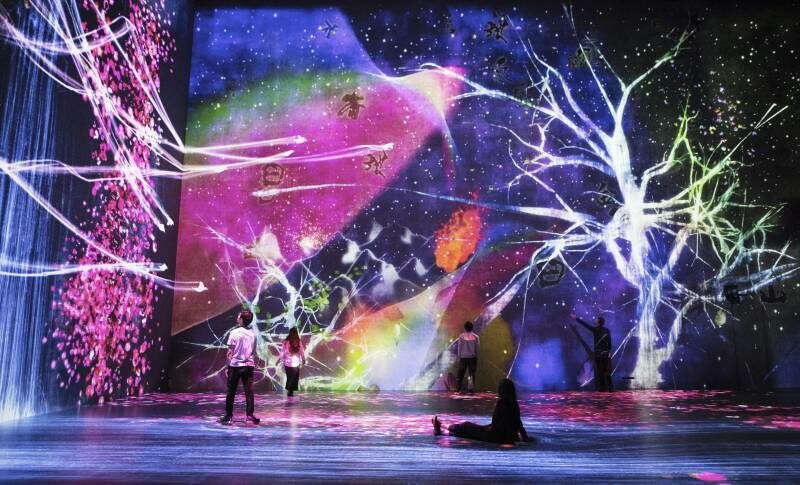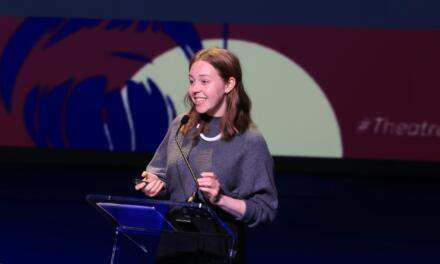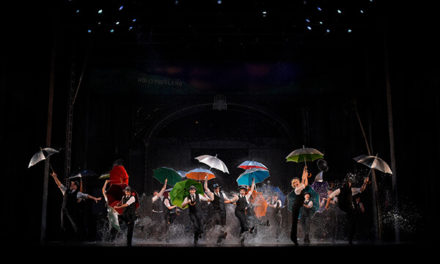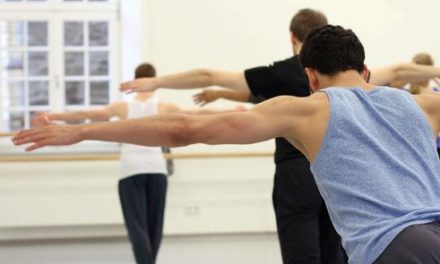Cutting-edge technology and visual immersion in a flow of digital images have been the focus of the Tokyo-based creator group teamLab. With their key theme, “borderless,” they have been creating immersive environments of multimedia installations since their founding by Toshiyuki Inoko and his friends, in 2001. Their installations are often formed in a rhizome structure, with interconnected microworlds in the separate spaces. The experience is designed to make visitors feel as though they are entering mini wonderworlds, playful environments.
While the single artistic elements that construct a teamLab event, such as visitor immersion and free wandering while being surrounded by digitally animated images, are not necessarily pioneering by themselves, the special blend of motifs and design makes teamLab installations an easily recognizable, almost trademark-like visual experience. In the contemporary art scene, teamLab is becoming a popular global brand.
Instead of working as a single author-artist, the engineer Inoko opted for an interdisciplinary teamwork form to create the exhibitions. To further emphasize the concept of a collectively devised design, the teamLab homepage refrains from publishing the names of its members, maintaining an air of anonymity. This is especially significant when considered in the context of authorship in the performative exhibition art since the twentieth-century avant-garde, or more recently by performance-artist Marina Abramović’s manifesto-like statement The Artist Is Present (MoMA, 2010). For teamLab, co-creation is at the heart of the process. There is a shift from the manifesto concept of “the artist is present” toward the artist who is withdrawn. Here, rather, the visitor is present.
The visitor is a co-creator. In the teamLab installations, the concept of the traditional art audience is shifted to that of the visitor. Visitors are free to wander through the immersive spaces at their own pace. Kids roam freely while others wander around, or stand still, or just sit for a while. “Immersive” is an invitation, not a form of pressure. The differences in the visitors’ own rhythms and tempos influence the experience: depending on the day and time, visitors have totally different impressions of the very same space. Not only are visitors surrounded by the constant flow of ever-changing images; by downloading the teamLab app to their smartphone, they can also manipulate the rhythm, direction, and form of the projections to a certain extent, and even react, respond to, other visitors’ actions. In this sense, visitors are invited to be co-creators of the event: by their movement, by their very presence, they contribute to the unfolding environment. Each visitor has a unique experience.
teamLab have a highly diverse audience in terms of generations and technical interest, ranging from kids to seniors, from weekend family visitors to the tech-savvy. This might be an important aspect of the keyword “borderless”: that art can be inclusive and accessible. The fun factor is high, just as in an exclusive amusement park, a house of mirrors or, rather, a house of beautiful images. The visitor is in for an entertaining and compelling space-time experience, a smooth, meditative, dreamy journey through a digital nature.
However, as is often the case with strong keywords, “borderless” is not without contradictions. In the age of building a wall–and more walls, just in case–“borderless” sounds like a utopia and a promise, and art offers a suitable channel through which to convey the idea. But in the reality of the average visitor, the experience of freedom is preceded by a lengthy process of passage, with the border being crowded and strictly controlled, waiting in line, checking barcodes, placing bigger items in lockers, getting detailed instructions on what to do and what not to do upon entering the installation space. In reality, again, the “borderless experience” is reserved for those who are “in”: once you get inside, wandering around freely is encouraged–as long as you wander within the designated space. If you wander astray, through curiosity or through simply being lost (which is not necessarily a negative occurrence), you are kindly ushered back to the proper environment. Although each visitor can have their own point of view, it must lie within the allowed points of view. In this sense, the experience of borderlessness is framed by the process of control, similar to the traditional examples of established museums, mega-concerts, or intercontinental flight.
For teamLab, visual impact is the main factor in creating immersive spaces: influencing how and what we see. The result is a combination of spatial calligraphy, digitized nature, digital art, subjective spaces, and ever-changing human connections. The base medium is the interactive projection onto different two-dimensional surfaces and three-dimensional objects in black-box-type spaces. The visitor’s body is yet another surface on which to reflect the flow of projections. Even though the core technology has been around for a while, the effect remains impressive, and the sheer size and volume of the projected surfaces (screens and walls) create the illusion of transcending microcosmi. In the case of the Borderless exhibition (Paris, 2018), the image of the waterfall is the main motif. The projected motifs of the waterfall appear, disappear and reappear throughout the exhibition space, flowing from room to room through the corridor walls. The idea is to create a sense of endless flow, so the metaphor of fluidity and transcendence is surrounded by other motifs of smooth movements: flowers in the breeze, animals passing. The smooth flow of transitioning images reflects the ever-changing, fleeting moment, and seems to resonate well with a wide audience. In earlier work, DMM Planets (Tokyo, 2016), water served not only as a motif but also as surface itself. In one of the rooms, visitors were walking and splashing in knee-deep water while surrounded by colorful digital images of fish swimming in shoals. Even though teamLab’s own statement “nature itself becomes art”[i] sounds grandiose and provocative (for both art and nature), the experience of this digitized nature is smooth, dreamy, slightly psychedelic digital fun.
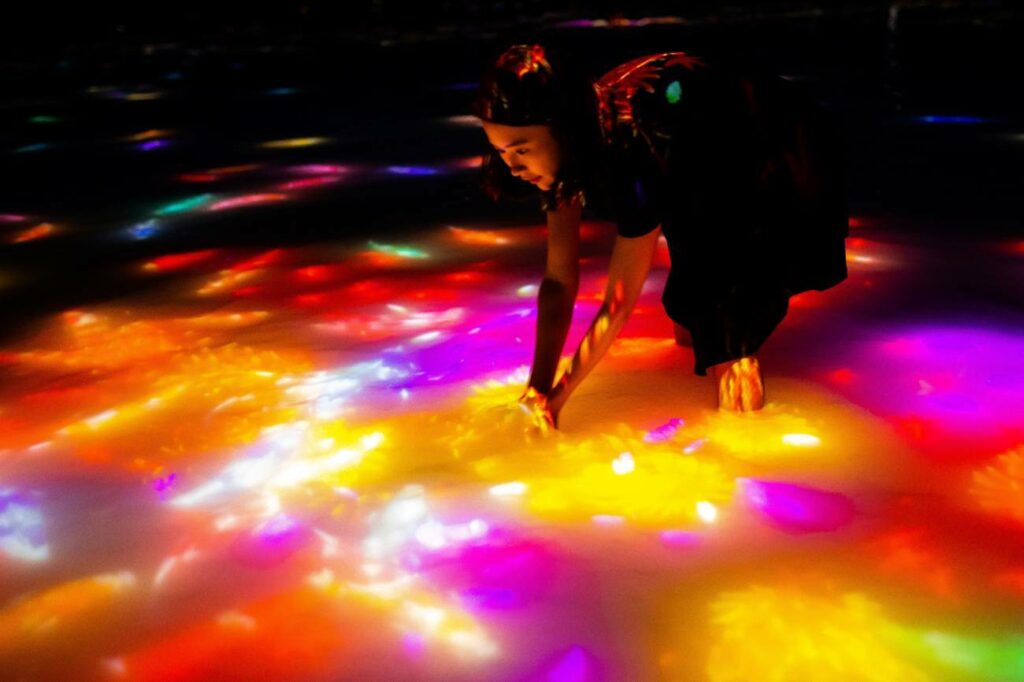
Drawing on the Water Surface Created by the Dance of Koi and People – Infinity, teamLab, 2016-2018, Interactive Digital Installation, Endless, Sound: Hideaki Takahashi
One of the main characteristics of teamLab installations is that they are extremely photogenic. Contrary to the traditional performative and exhibition spaces, where taking photos by spectators is prohibited, teamLab allows and encourages visitors to document and then share their experience, to the extent that actually having a camera at hand probably yields a more complex visitor experience. Again, visitors are invited and encouraged to become co-creators, creating and sharing their own impressions. Just as the visitor’s body is a surface upon which to reflect the images, the camera becomes an active extension of the event. The result is an ever-growing amount of compelling digital images, colorful selfies. The impact of the exhibition is much wider than “just being there”: these photos represent multiple perspectives. Furthermore, these photos are almost instantly shared on various social media platforms. This wide social media reach might be a very effective tool in promoting teamLab events. It is borderless in the sense that as a result of the photos taken and shared by the visitors themselves, the visual impact transitions in time and space from the walls of the exhibition, reaching wider and wider audience circles on social media.
With their expanding international presence, the Japan-based teamLab is aiming for a global audience experience. The design motifs in their exhibition are not explicitly “Japanese,” although most of them have a special role and a very long tradition in Japanese culture, as flowers, rabbits, crows, and they avoid being overly simplified or manipulative. teamLab was amongst the artist groups that represented today’s Japanese art in the framework Japonismes 2018, the big-scale official cultural season program celebrating the 160th anniversary of diplomatic relations between France and Japan. Their key theme, borderless, emphasizes the open link between human and nature, between cultures and backgrounds, and a positive experience of the unknown other. After creating installations in the global art/technology centers such as Paris, London, New York, Singapore, Beijing, Dubai, and many cities in Japan, teamLab opened its own Digital Art Museum in July 2018 in the Mori Building in Odaiba, Tokyo’s futuristic, artificially constructed, and entertainment-technology-focused neighborhood. It is the first permanent exhibition specifically dedicated to digital art, and naming it a “museum” equally suggests that digital art has a position in the more established context of artworks and reinvigorates the traditional concept of the museum.
By using them to project images on, teamLab exhibitions seem to celebrate the surface: screen, floor, wall, air, water, skin. By definition, the surface is inherently connected to depth. The surface is depth experienced from the outside; the surface is the boundary that separates and connects the depth of one element and another. In the teamLab exhibitions, the visitor drifts in the spaces between layers of surfaces walks around in a labyrinth of surfaces. Is it immersion, wandering amongst layers and layers of surfaces? teamLab doesn’t promise and doesn’t offer depth. It is up to each visitor to decide whether it feels shallow, or whether she/he feels content with the smooth peripatetic contemplation of surface.
Through their exhibitions, installations, public presentations, and speeches, teamLab makes sure that their message gets through: art and beauty can be accessible, and technology most certainly influences our perception of nature (as it has always done). For the visitor, the digitized nature presented by teamLab offers a reflective time and space to search for more varied answers than the limiting, competing, dual concepts of digital versus live, artificial versus natural. The very act of human contemplation and free wandering might be somewhat similar, whether be it amongst digital trees, although the experience is certainly different.
We just have to make sure we keep the real trees alive, too.
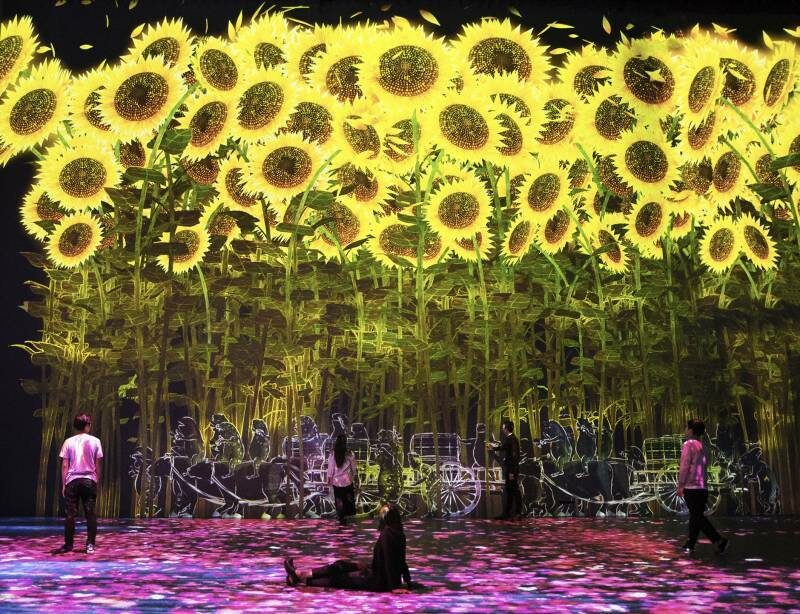
Exhibition View, teamLab: Au-delà des limites, 2018, Grande Halle de La Villette, Paris © teamLab
Notes:
This post was written by the author in their personal capacity.The opinions expressed in this article are the author’s own and do not reflect the view of The Theatre Times, their staff or collaborators.
This post was written by Krisztina Rosner.
The views expressed here belong to the author and do not necessarily reflect our views and opinions.

